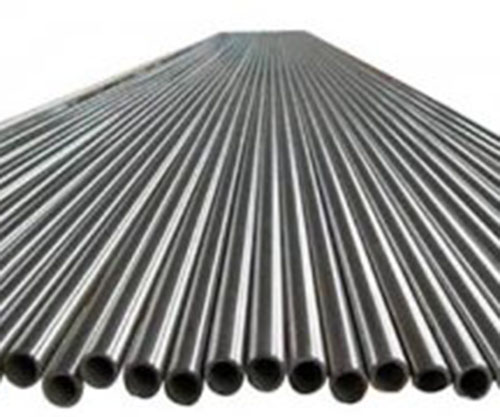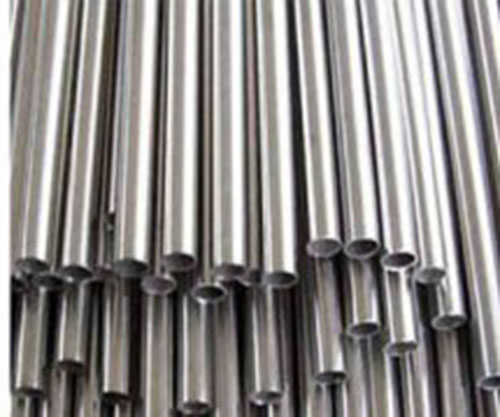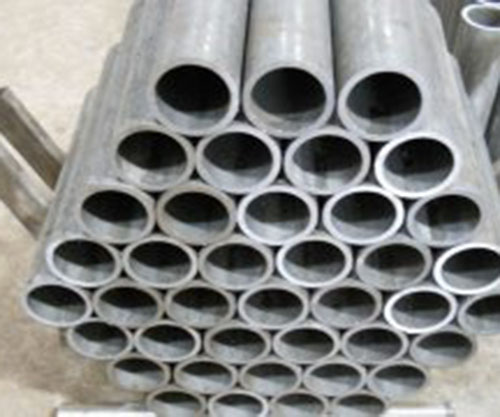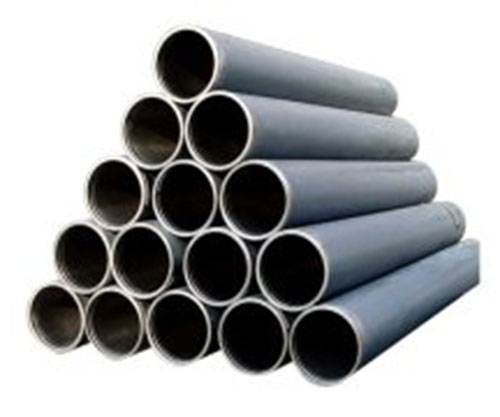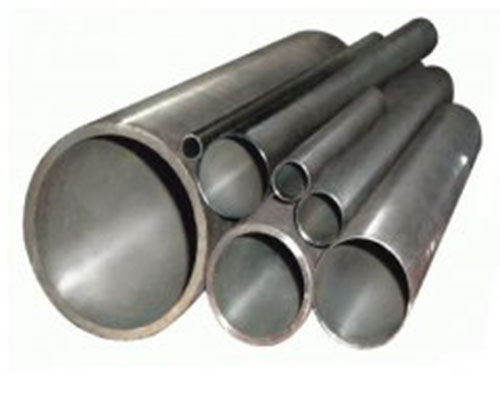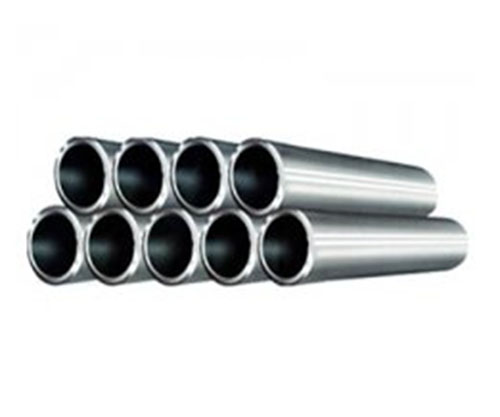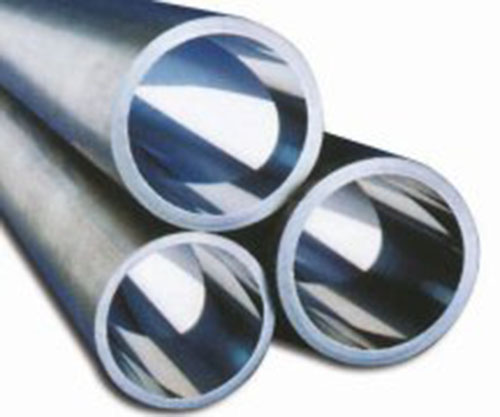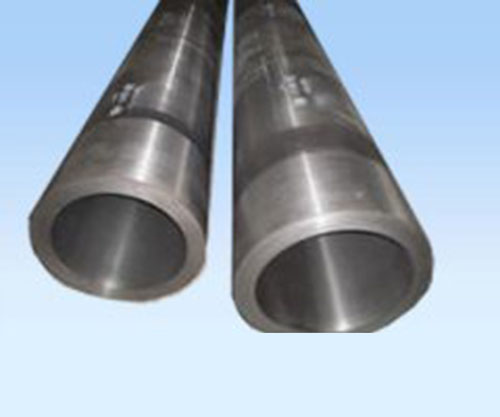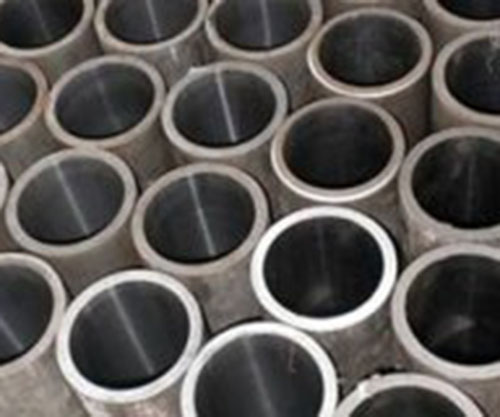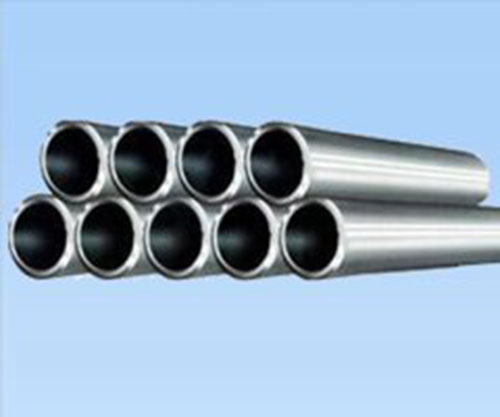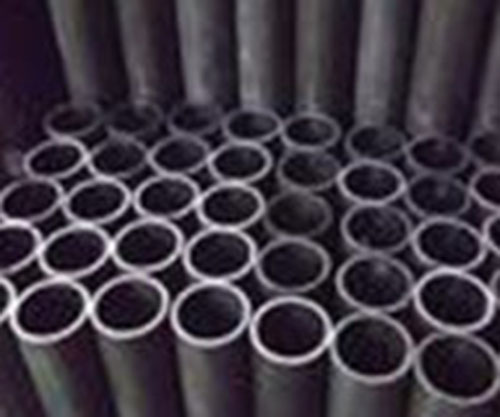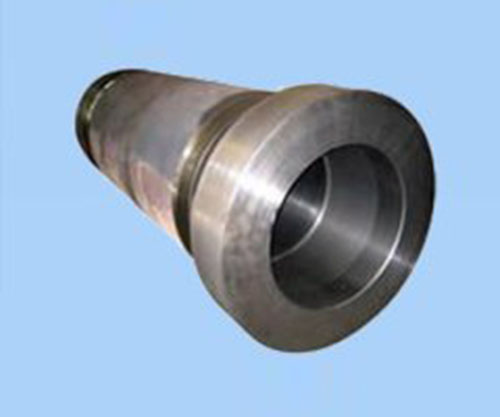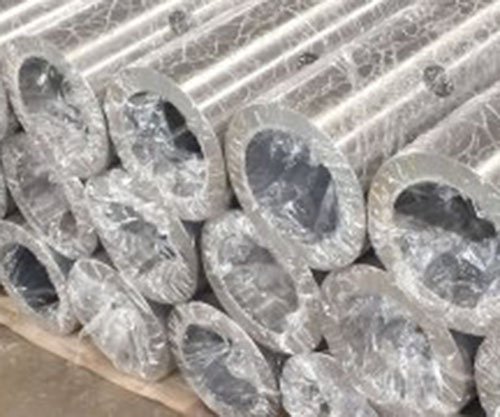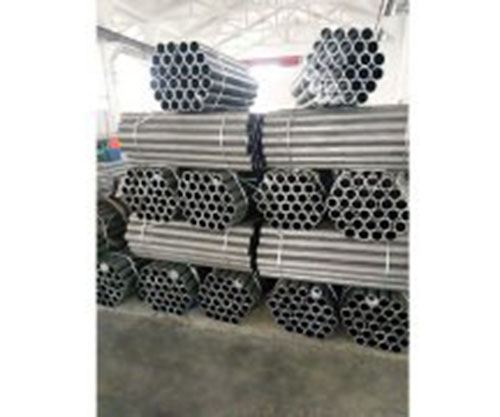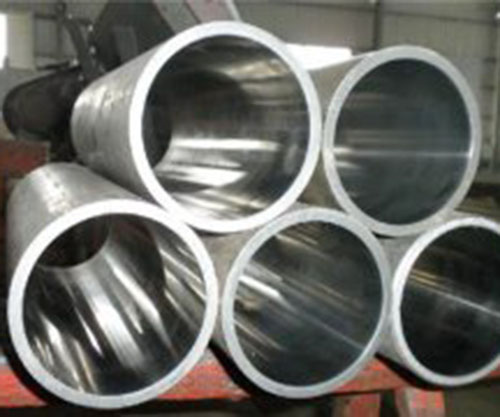45#Piston rod As the name implies, it is a connecting part that supports the piston to do work. Most of them are used in the cylinder and cylinder movement executing parts, which is a frequent movement. Highly demanding moving parts. Taking a hydraulic cylinder as an example, it consists of: a cylinder, a 45# piston rod (cylinder rod), a piston, and an end cover. The quality of its processing directly affects the life and reliability of the entire product. 45# piston rod has high processing requirements, and its surface roughness requirement is Ra0.4~0.8um. It has strict requirements on coaxiality and wear resistance. The basic feature of the cylinder rod is the slender shaft machining, which is difficult to process and has always plagued the processing personnel.
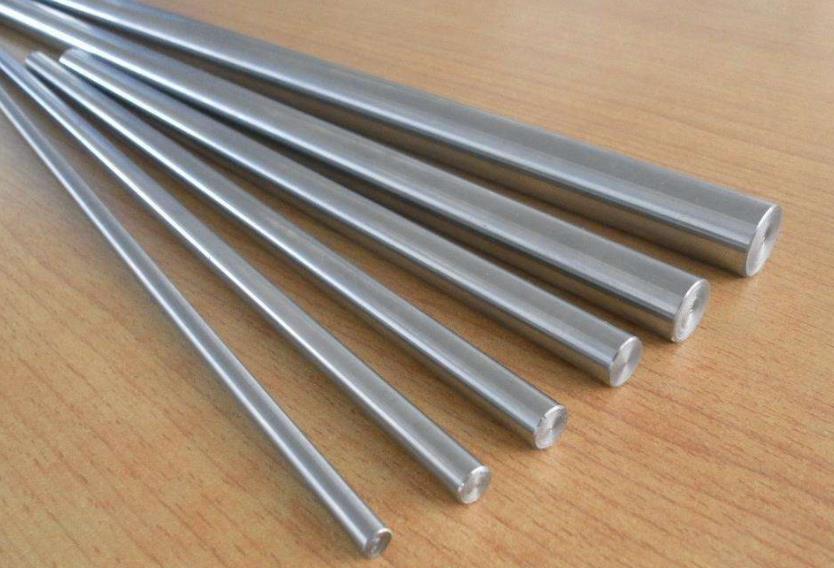
Processing Technology
45#Piston rods are rolled
This improves the surface corrosion resistance and delays the generation or expansion of fatigue cracks, thus increasing the fatigue strength of the cylinder rod. by rolling forming, the rolling surface forms a cold hardening layer, which reduces the elastic and plastic deformation of the grinding contact surface, thereby improving the wear resistance of the cylinder rod surface and avoiding the grinding caused by grinding burn. After rolling, the surface roughness value is reduced to improve the compounding property. At the same time, the friction damage to the sealing ring or the sealing member during the movement of the cylinder rod piston is reduced, and the overall service life of the oil cylinder is improved. Rolling process is an efficient and high quality process.
Product Usage
45# piston rod is mainly used for hydraulic and pneumatic, engineering machinery, 45# piston rod for automobile manufacturing, guide column for plastic machinery, roller for packaging machinery and printing machinery, textile Mechanical, axis for conveying machinery, linear optical axis for linear motion.
45#Piston Rod
45# piston rod is mainly used for hydraulic and pneumatic, engineering machinery, 45# piston rod for automobile manufacturing. The 45# piston rod is processed by rolling. Because the surface layer has surface residual compressive stress, it helps the surface micro-crack closure and hinders the expansion of erosion. Thereby, the surface corrosion resistance is improved, and the generation or expansion of the fatigue crack can be delayed, thereby improving the fatigue strength of the cylinder rod. by rolling forming, the rolling surface forms a cold hardening layer, which reduces the elastic and plastic deformation of the grinding contact surface, thereby improving the wear resistance of the cylinder rod surface and avoiding the grinding caused by grinding burn. After rolling, the surface roughness value is reduced to improve the compounding property. At the same time, the friction damage to the sealing ring or the sealing member during the movement of the cylinder rod piston is reduced, and the overall service life of the oil cylinder is improved. Rolling process is a high-efficiency and high-quality process measures, now with a diameter of 160mm mirror doctor rolling head (45 steel seamless steel pipe) as an example of rolling effect. After rolling, the surface roughness of the cylinder rod is reduced from Ra3.2 to 6.3um before the rolling of the building to Ra0.4 to 0.8um, the surface hardness of the cylinder rod is increased by about 30%, and the fatigue strength of the cylinder rod surface is increased by 25%. The service life of the cylinder is increased by 2 to 3 times, and the rolling process is improved by about 15 times compared with the grinding process. The above data shows that the rolling process is highly efficient and can greatly improve the surface quality of the cylinder rod.
You may also be interested in this
Related Reading





